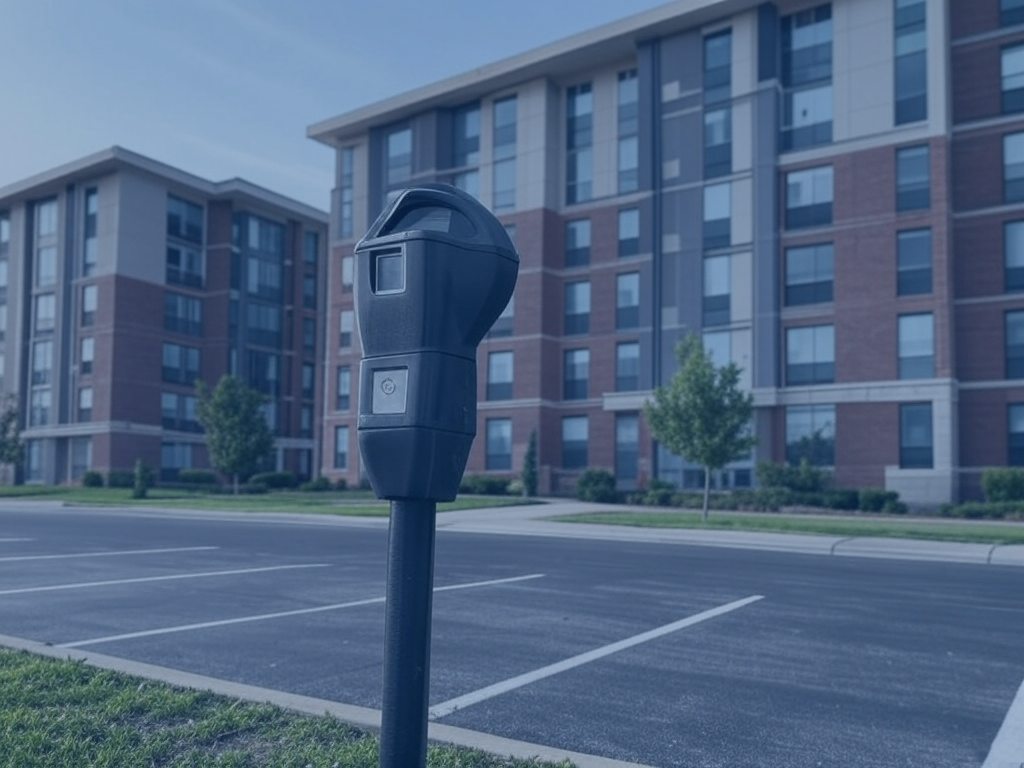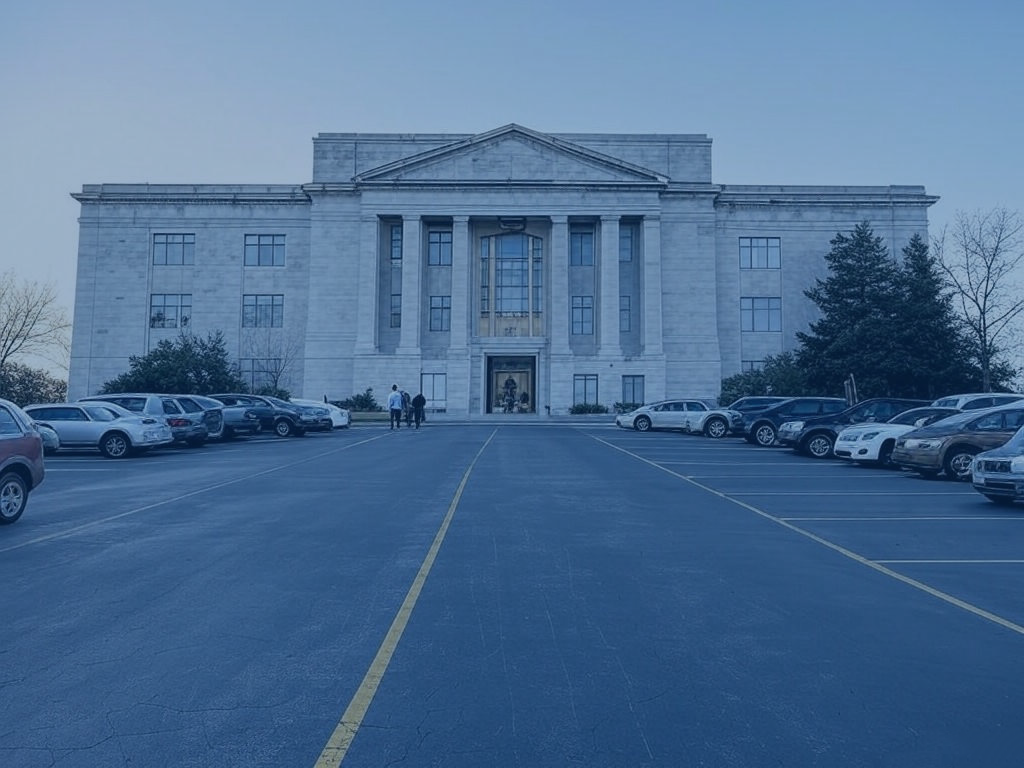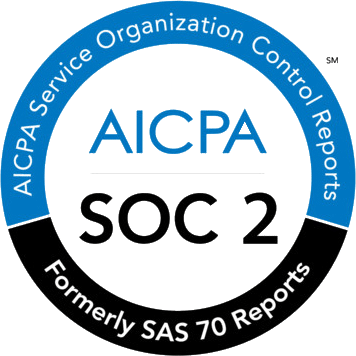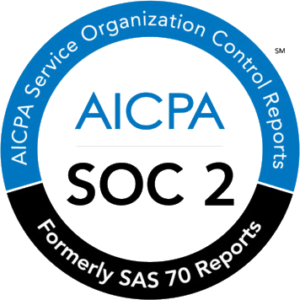Elegir la política de aparcamiento de los empleados adecuada para su empresa puede ser estresante. El aparcamiento afecta a casi todo el mundo en la empresa, de arriba a abajo. Hay muy pocos temas que sean tan emotivos en la oficina. He aquí una guía rápida de los 6 tipos más populares de política de aparcamiento en el lugar de trabajo para asegurarse de que elige la correcta.

Table of Contents
TogglePor orden de llegada
Esta política hace que el aparcamiento en el lugar de trabajo sea libre para todos. El que llega primero se queda con el espacio disponible.
Este enfoque se ha hecho popular entre las empresas que quieren ser justas con todos los empleados. Estas empresas quieren alejarse de las estructuras jerárquicas de aparcamiento. Consideran que el primero que llega es la solución más justa.
“Esta política funciona para las empresas con una gran oferta de plazas de aparcamiento que muy raramente se llenan”.
Sin embargo, los empleadores que operan por orden de llegada a menudo informan de que surgen tensiones entre el personal. Los problemas tienden a surgir si no hay suficientes plazas de aparcamiento. Aunque pueda parecer una solución justa, si se rasca un poco bajo la superficie se verá de dónde vienen los problemas.
Llegar al trabajo antes de las prisas es fácil para los jóvenes profesionales. Muchos de ellos viven cerca de la oficina y pueden ir en bicicleta o a pie. Para otros empleados con familias jóvenes, las mañanas tempranas pueden ser agitadas. Preparar a los niños para ir al colegio y los desplazamientos escolares merman la capacidad de los padres para llegar a la oficina antes de las prisas.
Un enfoque basado en el orden de llegada también conducirá a la mayor cantidad de uso del coche y a la congestión. Como los empleados siempre tienen la oportunidad de conseguir aparcamiento en la oficina, muchos cogerán el coche por defecto. En días de gran afluencia, esto puede provocar grandes atascos cuando el personal intenta entrar y salir de los aparcamientos.
Las empresas están abandonando este enfoque para adoptar una política de aparcamiento flexible desde que se produjo la pandemia del COVID-19. La confianza de los empleados en el transporte colectivo (coche compartido y transporte público) ha caído en picado. Aunque hay menos personas que se desplazan a las oficinas, muchas de ellas exigen seguridad en cuanto al aparcamiento.
Espacios designados
Todos hemos entrado en lugares de trabajo con carteles de “reservado” repartidos por el aparcamiento. Este modelo permite a los empleados designar un espacio fijo para su uso.
Muchas empresas con falta de espacio utilizan este modelo para asegurarse de que el personal clave pueda llegar al trabajo con facilidad. Las empresas utilizan muchos criterios diferentes para asignar los espacios, entre ellos:
- Antigüedad
- Distancia a recorrer
- Necesidades especiales (mujeres embarazadas, personas con discapacidad)
- Tiempo de permanencia
- Personas que comparten coche
- Usuarios de vehículos eléctricos
“El enfoque de los espacios designados funcionaba bastante bien en determinados entornos, especialmente en las oficinas más pequeñas. COVID-19 lo ha hecho desaparecer”.
El éxito del trabajo desde casa lleva a los expertos a coincidir en que las oficinas ya no volverán a ser lo mismo. Atrás quedaron los días en que todo el personal trabajaba desde la oficina 5 días a la semana. Ahora podemos esperar que el personal trabaje desde la oficina unos días a la semana y desde casa el resto.
¿Qué ocurre con las plazas de aparcamiento fijas cuando el personal sólo trabaja desde la oficina unos días a la semana? ¿Seguro que las empresas no van a malgastar el dinero en plazas que permanecen vacías durante más de la mitad de la semana?
Enfoque mixto
Este era el enfoque más popular para las empresas medianas y grandes en un mundo anterior a COVID. La política de aparcamiento mixto preveía la designación de una determinada cantidad de espacio para los empleados clave. Este enfoque significaba que todo el espacio restante era simplemente, por orden de llegada para el resto del personal que esperaba obtener un espacio.
“Aunque la política de aparcamiento mixto tenía muchas ventajas en el pasado, los cambios en los estilos de trabajo y las preferencias de los viajeros desde el estallido de COVID-19 están haciendo que este enfoque pierda popularidad”.
Enfoque flexible
El ganador masivo de la caída de COVID es el enfoque de aparcamiento flexible.
Tradicionalmente, el enfoque flexible consistía en que una empresa intentaba gestionar su aparcamiento a través de Excel o WhatsApp. La gente compartía cuándo necesitaba una plaza y cuándo no. Aunque la intención era buena, las cosas podían complicarse, ¡y rápido!
Hoy en día, las empresas utilizan software de gestión de aparcamientos para empleados como Wayleadr.com. Estas soluciones de software controlan quién necesita aparcamiento y cuándo, y asignan automáticamente el espacio.
Lo mejor es que ahora la tecnología puede reunir lo mejor de la política de aparcamiento en el lugar de trabajo en un enfoque totalmente automatizado. Las plazas de aparcamiento pueden designarse a determinados empleados. Si no se utilizan, se redistribuyen automáticamente a otro personal en función de los criterios más importantes para su empresa.
Algunas zonas pueden designarse como zonas de pago o por orden de llegada. Además, se pueden obtener datos en tiempo real para que las empresas decidan si pueden o no reducir el tamaño del aparcamiento y desbloquear el ahorro inmobiliario.
“El enfoque flexible está demostrando ser un principio clave del proceso de retorno a la oficina para muchos empresarios”.
Crédito de aparcamiento para empleados
También se conoce como “cash-out” del aparcamiento de los empleados. Este enfoque está ganando popularidad a medida que las empresas buscan incentivar la reducción de la conducción. Los empresarios están empezando a darse cuenta de que, en algunos casos, es más barato pagar a la gente para que no conduzca que pagar el aparcamiento.
Los empleados reciben una asignación mensual para aparcar y pueden quedarse con lo que no gasten. Esto funciona bien para las empresas que tienen acuerdos de colaboración fuera de la empresa. Se trata de acuerdos en los que el personal aparca en aparcamientos de pago a costa del empresario.
“Este enfoque también puede beneficiar a las empresas que tienen aparcamiento de pago para sus empleados”.
Aparcamiento pago para empleados
Es la opción que más crece antes de la llegada de COVID y, sin duda, va a ser la más común a largo plazo. El aparcamiento de pago para empleados es lo que dice en la lata. Los empleados pagan por aparcar en el trabajo.
Para muchos empleados esto puede sonar un poco draconiano. Sin embargo, será el medio ambiente, y no los beneficios, el que impulse este cambio. De hecho, según un estudio de la UE, cobrar a los empleados por aparcar en el trabajo es el medio más eficaz para reducir la dependencia del automóvil.
“Esto formará parte de un movimiento más amplio para hacer que las bicicletas eléctricas, la bicicleta y el transporte público sean opciones más atractivas para los viajeros”.
En las primeras versiones de los programas de aparcamiento de pago se designa a los empleados un número determinado de días al mes en los que pueden aparcar gratis. Si necesitan más aparcamiento, pagan por ese privilegio.
La mayoría de la gente se da cuenta de que el aparcamiento tendrá un papel para la mayoría de las empresas a medio y largo plazo. Sin embargo, va a ser diferente. Dejar el coche en casa será la nueva normalidad y conducir hasta el trabajo será la excepción.
El aparcamiento de pago para empleados tiene un papel clave para impulsar este cambio de comportamiento.
¿Problemas de aparcamiento? Únase a los líderes del sector de empresas como Sanofi, Indeed.com y CBRE, programe una demostración con Wayleadr.com hoy mismo y resuelva sus problemas de aparcamiento con un clic.












